1. The Mini Skirt
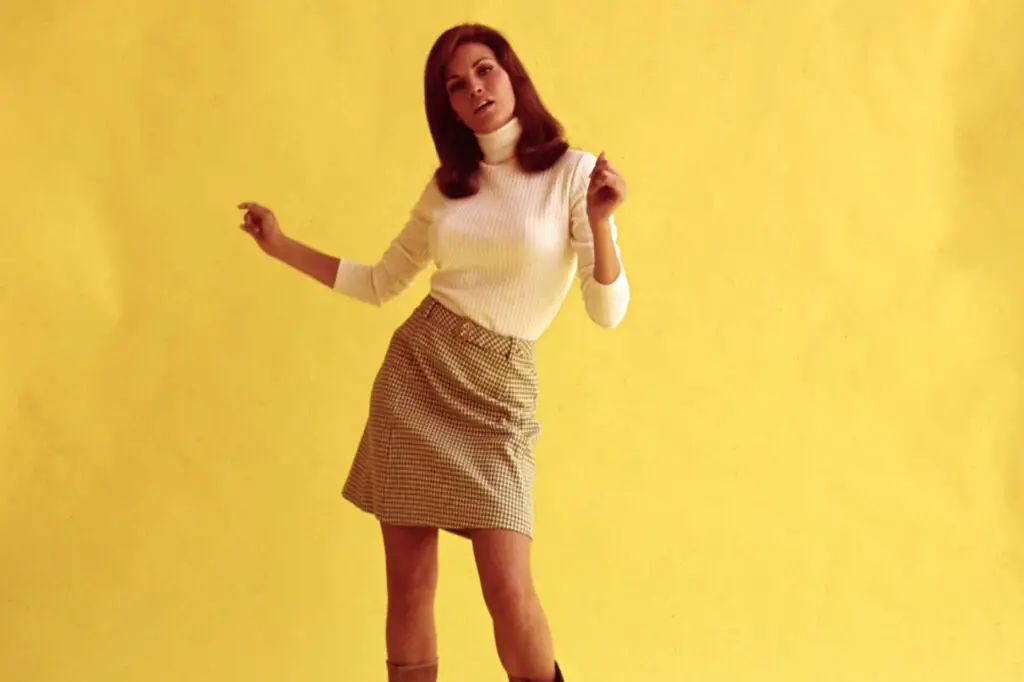
In the ’60s, the mini skirt became an iconic fashion piece that challenged societal norms. Designers like Mary Quant revolutionized the fashion world by creating a garment that was both stylish and rebellious. Young women saw the mini skirt as a symbol of their freedom, a way to embrace their independence from the rigid dress codes of the past. Wearing a mini skirt was a bold statement, one that represented the changing roles of women in society and their increasing demand for equality. It was a fashion revolution that gave women the freedom to express themselves in new ways.
The mini skirt stirred controversy at the time, as its short length challenged traditional ideas of modesty. Yet, for many, it was a game-changer, symbolizing a break from the past and an embrace of a more modern, liberated future. Today, the mini skirt still appears in fashion cycles, though it no longer carries the same shock value it once did. Still, its place in the ’60s counterculture is undeniable, reminding us of a time when fashion was as much about defiance as it was about style.
2. Lava Lamps
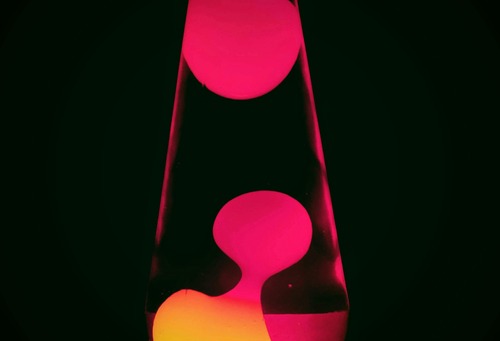
Lava lamps were all the rage in the ’60s, offering a mesmerizing visual experience with their flowing blobs of wax. These funky, psychedelic lamps became symbols of the counterculture movement, perfectly capturing the era’s love for everything groovy. Their slow-moving, colorful wax was not only a conversation starter but also a symbol of the free-spirited vibe that defined the time. The lava lamp was more than just a quirky decoration; it was a way to embrace the changing cultural landscape and the desire for peace and individuality.
Today, lava lamps are more of a nostalgic novelty than a must-have item. While they still evoke memories of the ’60s, it’s hard to believe they were once considered a symbol of modernity. The psychedelic nature of the lamps, combined with their calming glow, made them the perfect accessory for the groovy generation. Though they may no longer hold the same status, lava lamps remain an enduring relic of a time when decor and personal expression went hand in hand.
3. Bell-Bottom Jeans
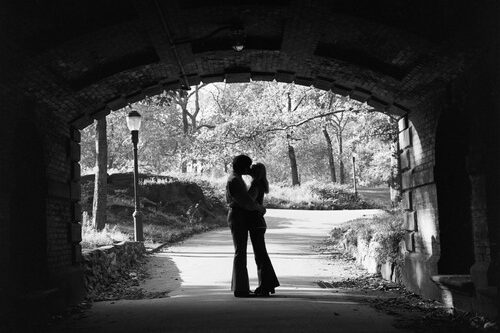
Bell-bottom jeans were a defining fashion trend of the ’60s, symbolizing the decade’s free-spirited attitude. With their exaggerated flare, bell-bottoms created a bold and dramatic silhouette that made a statement wherever they were worn. They became synonymous with the counterculture movement, especially among young people who embraced their unconventional look. Often paired with tie-dye shirts or peasant blouses, bell-bottoms were a key part of the vibrant, rebellious style of the ’60s. These jeans were a perfect reflection of the era’s desire to break free from traditional fashion rules.
Today, bell-bottoms have made a few comebacks, but their original significance has faded. While still seen in modern fashion, they no longer carry the same countercultural weight they once did. In the ’60s, the wide-leg silhouette was about more than just style—it was about rejecting conformity and embracing individuality. Now, bell-bottoms are a quirky throwback, but back then, they were an essential part of the youth movement’s bold, colorful rebellion against the establishment.
4. Tie-Dye Shirts

Tie-dye was one of the most popular DIY trends of the ’60s, and it quickly became a symbol of the hippie movement. The vibrant, swirling colors of tie-dye shirts reflected the era’s love for individuality and self-expression. With peace, love, and anti-establishment messages at the forefront, tie-dye became the perfect way for young people to reject mainstream fashion and embrace their own personal style. Many wore their tie-dye shirts as a way to express solidarity with the counterculture movement and show their opposition to the Vietnam War.
While tie-dye shirts have experienced several revivals over the years, it’s hard to imagine how central they were to the ’60s counterculture. Back then, tie-dye wasn’t just a fun fashion statement; it was a powerful symbol of protest and personal expression. Today, tie-dye is often seen as a nostalgic or playful trend, but its connection to a pivotal cultural moment in the ’60s cannot be denied. It was more than just color and fabric; it was a statement of belonging to a movement that sought peace and change.
5. The Beehive Hairdo
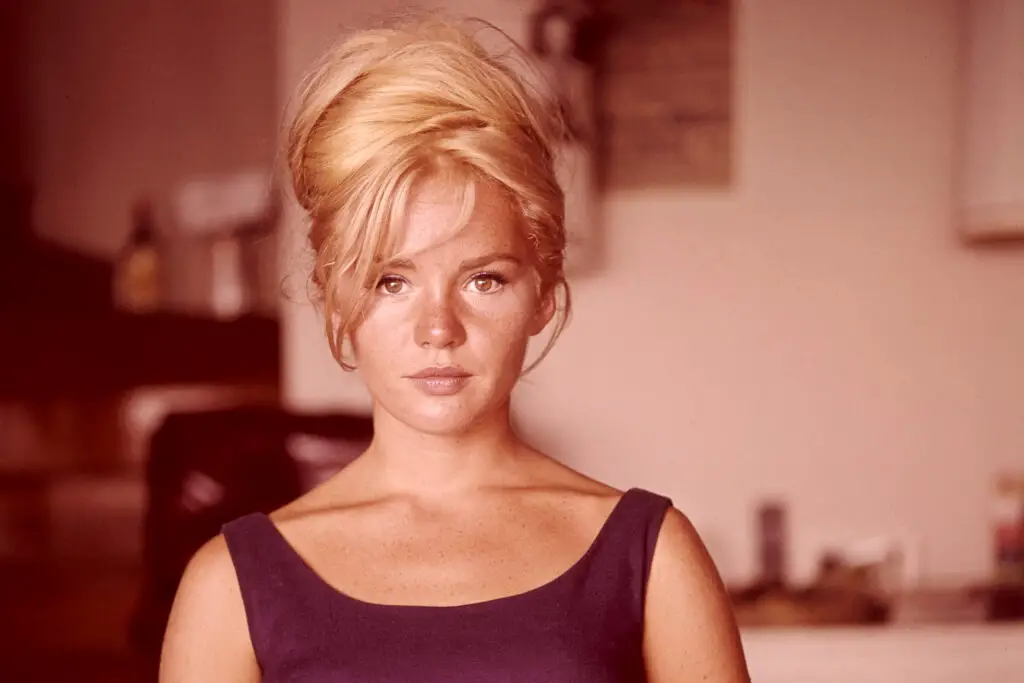
The beehive hairstyle was one of the most dramatic and recognizable looks of the ’60s, towering high above the heads of women everywhere. Popularized by icons like Audrey Hepburn and Jackie Kennedy, the beehive was a symbol of elegance and sophistication. Creating this hairstyle was an art form, requiring hours of teasing, hairspray, and precise styling. Women wore their hair in these towering cones to make a bold statement of refinement and glamour. The beehive became synonymous with the ’60s, often paired with sharp, tailored outfits to complete the polished look.
Looking back, the beehive might seem a little over-the-top, but it was an essential part of ’60s fashion. Women took great pride in perfecting their beehive, and it was a sign of social status and femininity. Today, it’s viewed with a sense of playful nostalgia, but at the time, it was the pinnacle of high-class beauty. The effort it took to create the look speaks to the commitment women had to maintaining an image of grace and sophistication during this glamorous era.
6. Plastic Furniture

In the ’60s, plastic was considered the material of the future, and it made its way into homes in the form of sleek, modern furniture. Brightly colored chairs, tables, and other pieces were a reflection of the space-age aesthetics that dominated the era. Designers like Charles and Ray Eames embraced plastic for its versatility, creating functional, stylish furniture that was both affordable and easy to maintain. These plastic pieces were seen as the perfect complement to the modern, fast-paced lifestyle of the ’60s. The material’s futuristic feel made it a favorite in mid-century modern design, and it was often paired with bold, geometric shapes to complete the look.
Now, plastic furniture is often viewed as cheap or kitschy, but in the ’60s, it was a symbol of innovation and progress. It embodied the optimism of the time, as people embraced the idea that everything was possible in a rapidly changing world. Today, while plastic furniture is mostly relegated to novelty items, its place in the ’60s remains significant. It was more than just functional furniture; it was a statement about modernity, design, and the belief that the future could be shaped by new materials.
7. Vinyl Records
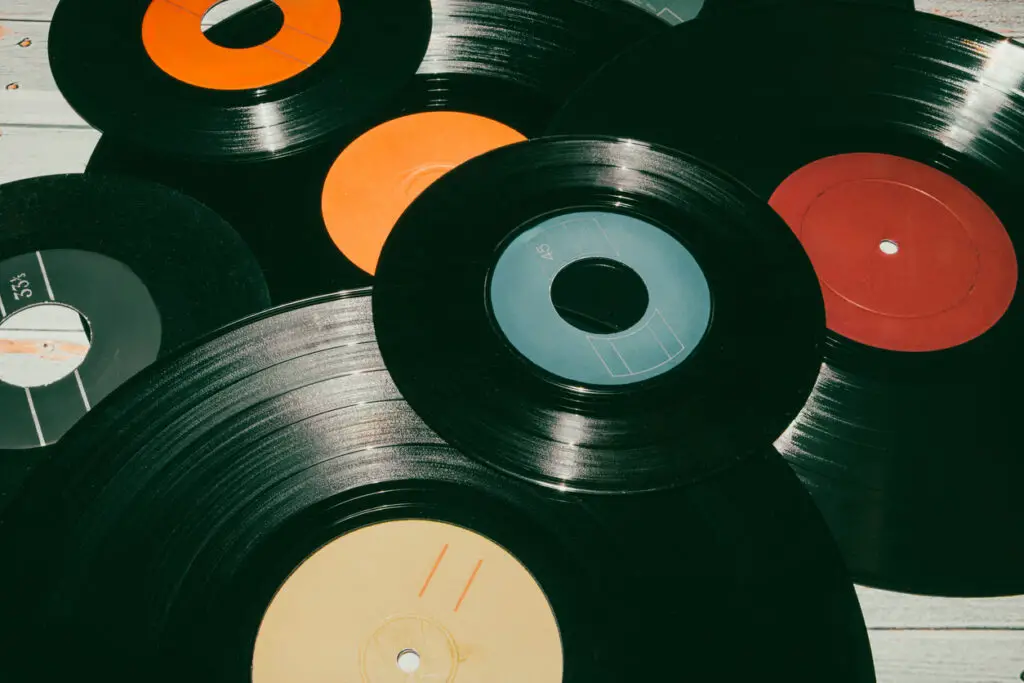
Vinyl records were the dominant way to listen to music in the ’60s, and they were considered a treasure by music lovers. Albums were more than just collections of songs—they were full experiences, with elaborate album covers that often became as iconic as the music itself. The process of placing the needle on the record and listening to an album from start to finish was a ritual, one that fans cherished. Vinyl was seen as the best way to enjoy music, with a warm, rich sound that digital formats couldn’t replicate. Many people collected records as a hobby, building extensive libraries of their favorite albums.
Today, vinyl records are enjoying a resurgence among collectors and audiophiles, but back in the ’60s, they were the gold standard of music consumption. In an era before digital streaming, owning a record collection was a statement of musical taste and sophistication. Vinyl allowed listeners to experience an album in its entirety, creating a more intimate connection with the music. Now, records are more of a nostalgic novelty, but their legacy from the ’60s reminds us of a time when music was celebrated in a way that digital formats can never quite match.
8. Mustache Mania
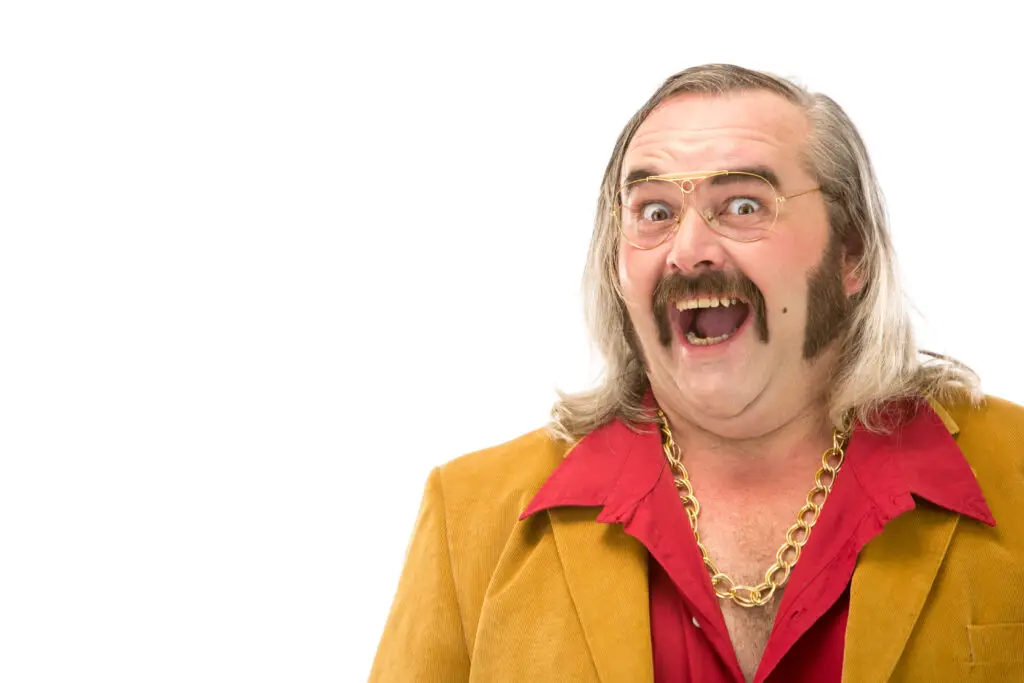
The ’60s saw the rise of the mustache, which became a symbol of masculinity and sophistication during the decade. From the thick, full mustaches worn by movie stars like Burt Reynolds to the more subtle, groomed versions seen on political figures, facial hair was everywhere. The mustache became a key part of the “cool” look for many men, and it was often paired with sharp suits or casual, trendy clothing. For many men of the time, sporting a mustache was about projecting strength, maturity, and confidence. It was as much about fashion as it was about creating a personal identity.
Today, the mustache is more of a retro oddity than a fashion statement, but in the ’60s, it was considered the height of male style. The thick, bushy mustache was the epitome of rugged charm, and it became a defining feature of the era’s leading men. Though it may seem humorous now, the mustache was once a symbol of masculine elegance. In the ’60s, it wasn’t just a facial hair choice—it was a defining characteristic of the manly man.
